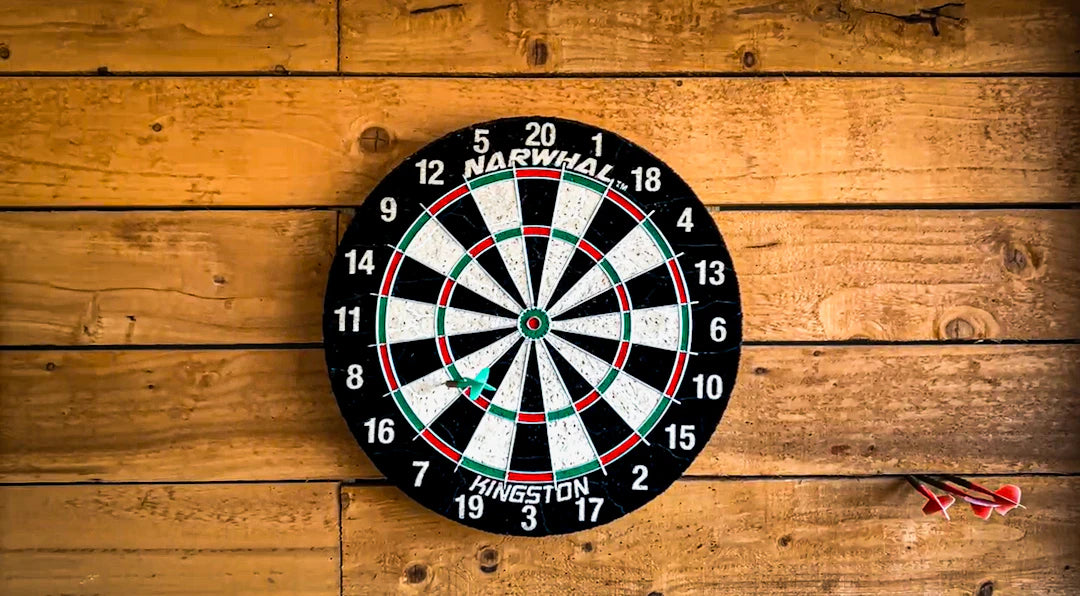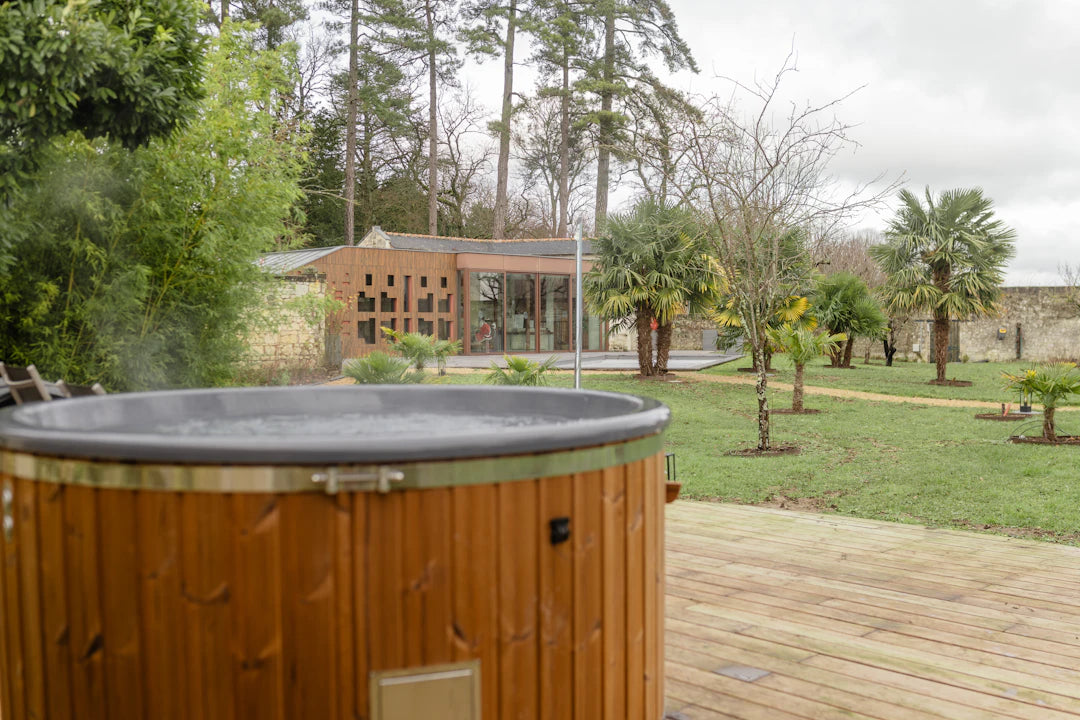Overview
Shuffleboard is a strategic and social game enjoyed by players of all ages, with origins dating back to the 15th century. The blog covers its history, basic rules, variations (table, deck, and beach shuffleboard), and reasons for its widespread appeal. It also includes tips for improving skills and ways to engage with the shuffleboard community. Incorporating shuffleboard into social gatherings fosters connections and creates lasting memories.
Frequently Asked Questions
1. What is shuffleboard?
2. What are the basic rules of shuffleboard?
3. What equipment do I need to play shuffleboard?
4. What are the different variations of shuffleboard?
5. Why is shuffleboard appealing to all ages?
Shuffleboard is a game that blends strategy, skill, and social interaction, providing endless entertainment for players of all ages. Originating from the 15th century, this classic pastime remains popular today for its engaging gameplay and accessibility. Whether you’re looking to enhance your backyard gatherings, add a recreational element to your family game night, or explore new activities, shuffleboard is a fantastic choice. In this blog post, we will dive into the rich history of shuffleboard, discuss its rules, explore various game types, and elaborate on why it’s a perfect game for all ages and skill levels.
The History of Shuffleboard
Shuffleboard has a fascinating history that dates back to the 15th century. Initially popular among the upper class of England, the game has evolved over centuries, adapting to different cultures and societies.
The Origins
The earliest forms of shuffleboard were played by sliding wooden pucks or disks across a table or a smooth surface. It wasn't until the 19th century that shuffleboard became a popular pastime in American bars and clubs. The game began to see increased interest during this period, leading to the development of various regulations and styles that define the game today.
Modern Shuffleboard
In contemporary settings, shuffleboard can be played both on tables and outdoor courts. With a variety of setups, players can choose between different configurations that suit their preferences, making shuffleboard a versatile choice for various venues. Today, shuffleboard remains a favorite activity at social events, retirement communities, and family gatherings, capturing the hearts of enthusiasts and newcomers alike.
The Basic Rules of Shuffleboard
Understanding the basic rules of shuffleboard is essential for new players. Once you grasp the fundamentals, you'll be able to enjoy the game fully. Here’s a basic outline:
Equipment Needed
- Shuffleboard court or table
- Shuffleboard pucks (disks)
- Scoring system (like a scoreboard or chalkboard)
Objective of the Game
The primary goal of shuffleboard is to slide your pucks down the court or table into the scoring zones while attempting to outscore your opponent. Different areas on the court/table offer varying point values, and players must strategize their shots to maximize their scores while minimizing the opponent's potential points.
Gameplay Mechanics
1. Players take turns sliding their pucks towards the opposite end of the playing surface.
2. The player whose puck is closest to the scoring zone will score points based on the position of the puck after all pucks are played.
3. The game continues until a player reaches a predetermined score, often 15 or 21 points.
Scoring
In shuffleboard, points are awarded based on the position of the pucks:
- 3 points for landing in the highest scoring zone (the farthest area)
- 2 points for the middle zone
- 1 point for the nearest zone
- No points are awarded for pucks that fall off the end of the court or zone.
Different Variations of Shuffleboard
One of the exciting aspects of shuffleboard is its versatility. There are several variations of the game, each with unique twists and challenges:
Table Shuffleboard
This classic version is typically played on a long, narrow table covered with a smooth playing surface. Players score points by sliding pucks down the table, aiming for the designated scoring areas. Table shuffleboard is perfect for indoor play and offers a fun way to compete in a more controlled environment.
Deck Shuffleboard
Deck shuffleboard is played on a court similar to a outdoor bowling lane. This outdoor variation allows for larger gatherings and is perfect for backyard parties, community events, or barbecues. With standard courts measuring typically 52 feet long, players can enjoy a more extensive strategic play experience.
Beach Shuffleboard
This fun variation is played on a soft sandy surface and is usually set up on beaches. Beach shuffleboard often employs lighter pucks designed for sandy conditions, allowing players to enjoy the game with a scenic backdrop. It’s a fantastic way to engage with family and friends while enjoying the sun and beach vibes.
Why Shuffleboard Appeals to All Ages
Shuffleboard holds a unique appeal because of its effective blend of simplicity and strategy, making it enjoyable for everyone—from children to seniors. Here are some reasons why shuffleboard can be enjoyed by all:
Accessible Gameplay
The rules of shuffleboard are easy to learn, leading to quick initiation for new players. Unlike other sports that may require extensive training and skill, shuffleboard allows individuals of all ages to participate without feeling overwhelmed.
Social Interaction
Shuffleboard is inherently social, fostering connection and camaraderie among players. It serves as a great icebreaker at gatherings, encouraging conversation and laughter among participants. Family gatherings, parties, and social events become more vibrant with the addition of shuffleboard.
Suitable for Various Skill Levels
Whether you're a seasoned pro or a complete beginner, shuffleboard offers the opportunity for people to compete at their own skill levels. Newcomers can enjoy casual play while learning from more experienced players, creating an inclusive atmosphere open to all.
Physical and Mental Engagement
Shuffleboard involves physical skill, strategic thinking, and quick decision-making, which helps keep both the body and mind engaged. Players can enjoy a moderate form of exercise while enhancing their cognitive skills through competition and planning.
Tips and Strategies for Winning at Shuffleboard
Focus on Your Aim
Concentrating on your aim is crucial to ensure your pucks land in the highest scoring zones. Practicing your aim will help you develop precision and control over your shots, enhancing your overall performance.
Watch Your Opponent
Pay attention to your opponent's shots; observe their strengths and weaknesses. Learning their strategies can lead to ways to counter them during gameplay. Understanding your opponent can formulate your own game strategy for greater chances to win.
Practice, Practice, Practice
Like any game, practice is vital to improving your skills in shuffleboard. Regularly playing with others or solo will help you perfect your technique and become more comfortable with the game.
Develop Your Strategy
Choose a strategy that aligns with your strengths. Whether it's playing aggressively to aim for high scores or defensively to block your opponent's pucks, having a well-thought-out plan can significantly impact the outcome of your games.
Engaining the Shuffleboard Community
The shuffleboard community is vast and welcoming, making it easy to connect with others who share your passion for the game. Here are some ways to engage with fellow shuffleboard lovers:
Join a Local Club
Many communities host shuffleboard clubs or leagues where players can come together to play regularly. Joining a local organization can introduce you to new friends, challenges, and opportunities for growth.
Attend Tournaments
Participating in local or regional shuffleboard tournaments can be both exciting and rewarding. Engaging in competitive play can enhance your skills and offer opportunities for recognition and prizes.
Online Communities and Resources
With the rise of digital platforms, finding online shuffleboard communities has never been easier. Join forums, social media groups, and websites dedicated to shuffleboard for discussions, tips, and sharing experiences.
Make it a Regular Activity
As you integrate shuffleboard into your social activities, consider making it a regular part of your routine. Establishing a shuffleboard night or forming a monthly game club can motivate you and your friends to build skills together. The outcome is not only proficiency in the game but also greater memories and interactions with family and friends.
Incorporating shuffleboard into your life provides more than just enjoyment. It fosters connections, develops skills, and creates lasting memories. Shuffleboard, with its rich history, exciting gameplay, and diverse variations, is indeed a fun game for all ages and skill levels. As you embark on this engaging journey, remember to share the love of the game and embrace the immediate friends and family that come along for the ride! So why not grab those pucks and start sliding into fun with shuffleboard today?



